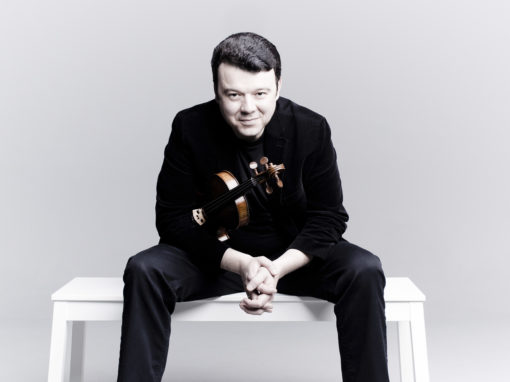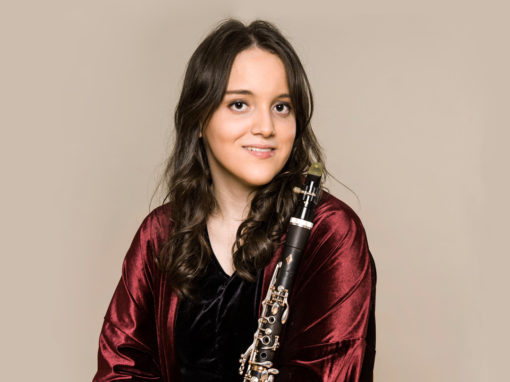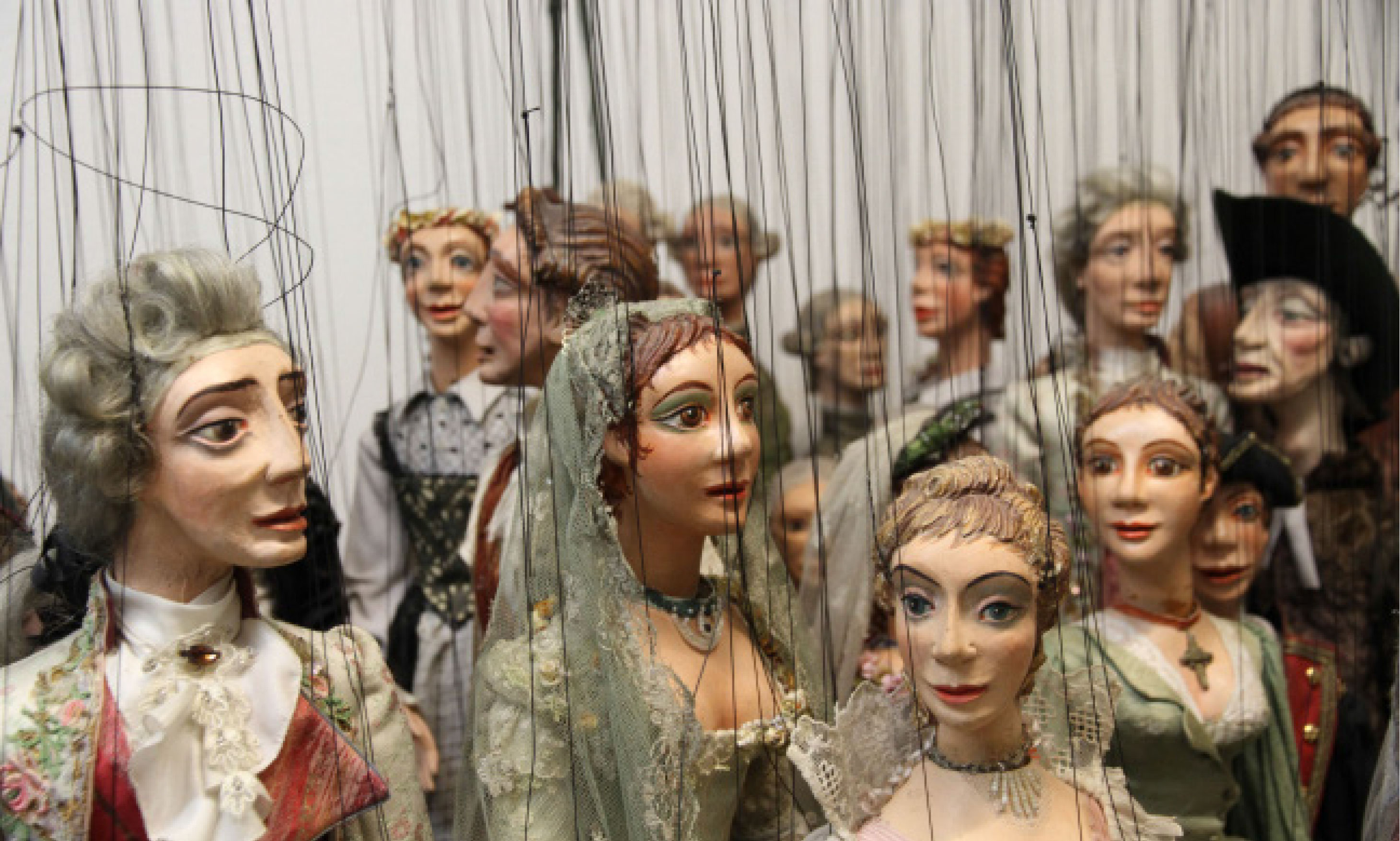Salzburg Marionetten Theater | Tour 2018 España
El Teatro Marionette de Salzburgo fue fundado en 1913 por el profesor Anton Aicher y es uno de los teatros de marionetas más antiguos del mundo. Tiene su sede en la ciudad de Salzburgo, Austria. Originalmente se representaban con actores en vivo y músicos. Actualmente se utilizan grabaciones. El Teatro Marionette de Salzburgo interpreta un gran repertorio de óperas, ballets y producciones para niños y adultos, utilizando marionetas. Algunas de las más famosas óperas de Mozart están en su repertorio (pintura póstuma de Barbara Krafft en 1819) El Salzburg Marionette Theatre comenzó a girar sus producciones en el extranjero, por primera vez en 1927 en Hamburgo, Alemania. La compañía realizó más giras por los Balcanes. En 1936, recorrió la Unión Soviética visitando Moscú y Leningrado. Como un signo de excelencia artística, la compañía recibió la Medalla de Oro en la Feria Mundial de 1937 en París. En 1938, el año del Anschluss, el Salzburg Marionette Theatre realizó una extensa gira por Alemania y Suecia. Durante la Segunda Guerra Mundial, el gobierno instruyó al Teatro Marionette de Salzburgo para que hiciera giras por las zonas de primera línea y la compañía tocó en Noruega, Polonia, Rusia y Rumanía ocupadas por los alemanes hasta que se vio obligada a suspender sus operaciones en 1944.Contacto | Más info | Eventos y Tickets | Docs
Este proyecto es administrado en asociación con M.A.M. Management, Vienna
Brilliant creativity is evident in all of their productions. Mozart lovers can, on visits to Salzburg, see repertory that includes Bastien und Bastienne, Der Schauspieldirektor, Die Entfuhrung aus dem Serail, Le Nozze di Figaro, Don Giovanni and Die Zauberflöte. There are also fables and fairy tales that please both adults and children.
I think that puppet theater, when done at this level, is the perfect way to introduce people young and old to opera. The music comes easily, the theatrical elements are entrancing and, though the protagonists are made of wood, paint, cloth and string, they are unmistakably human, and humane. That is the essence of opera.
Más info
With Hermann Aicher’s return from the war, the Salzburg Marionette Theatre started performing again for the occupying American, British and French military forces. In 1947, the troupe marked its first German language performances in Paris. The company toured extensively throughout the 1950s and in 1950 the company began to use recorded sound for performances, instead of live actors and musicians. The troupe began its first tour of the United States in 1952 under a five-year contract. International touring became a permanent feature of the company, in addition to regular performances in Salzburg.
The Salzburg Marionette Theatre had performed in a variety of venues until 1971 when the company acquired its own theatre in the former ballroom of the Mirabell Hotel. The first production there was Rossini’s Barber of Seville. For the sixtieth anniversary of the founding, two years later, the company and its unique work was the subject of a documentary film.
In 1977, the driving force behind the Salzburg Marionette Theatre, Hermann Aicher died. Artistic control passed to Gretl Aicher.
To mark the seventieth birthday of Gretl Aicher and the eighty-fifth anniversary of the Salzburg Marionette Theatre, a special exhibition of marionettes opened at the Salzburg Hohensalzburg Fortress. Since that time, the company has continued to tour and perform in its own theatre with an ever increasing repertoire of productions featuring not just the works of Mozart, but also many other famous composers such as Johann Strauss and Pyotr Ilyich Tchaikovsky.
The company revived its production of Bastien and Bastienne in 2007 and premiered a new production of The Sound of Music, directed by Richard Hamburger. Salzburg was home of the Von Trapp family and was featured heavily in the 1965 film production of the same name starring Julie Andrews and Christopher Plummer.
Programas
PROGRAMMES
THE NUTCRACKER, Peter I. Tschaikowsky
Duration: 1 hour 45 minutes/1 hour (short version)
Recording: DECCA London Orchestre de la Suisse Romande
Conductor: Ernst Ansermet
Direction: Klaus Gmeiner
Choreography: Leonard Salaz
Scenography: Günther Schneider-Siemssen
Costumes: Marie-Luise Walek
MAGIC FLUTE, Wolfgang Amadeus Mozart
(in German with subtitles in several languages)
Duration: 2 hours/1 hour (short version)
Recording: Deutsche Grammophon RIAS-Symphonie-Orchester
Conductor: Ferenc Fricsay
Performers: Josef Greindl, Rita Streich, Maria Stader, Ernst Häfliger, Dietrich Fischer-Dieskau …
Direction: Géza Rech
Scenography: Günther Schneider-Siemssen
Costumes: Friedl Aicher
THE LITTLE PRINCE, Antoine de Saint-Exupéry
Duration: 1 hour
Subtitles in English
Directed by Alexandra Liedtke
Puppets and costumes: Lane Schäfer
Stage design: Raimund Orfeo Voigt
Technical details:
Minimum space required for portable stage: Width: 14.60 m Depth: 10.80 m Height: 4.50 m
3-phase connection (3 x 220 V oder 3 x 380 V), 63 Amp
Detailed technical requirements on request übermittelt.
Staff:
11–14 persons
Transport weight/volume:
Approx. 3.5t/23 m³ for the first programme; additional programmes approx. 0.5t/4 m³ each
(updated on 17 Aug, 2015)





